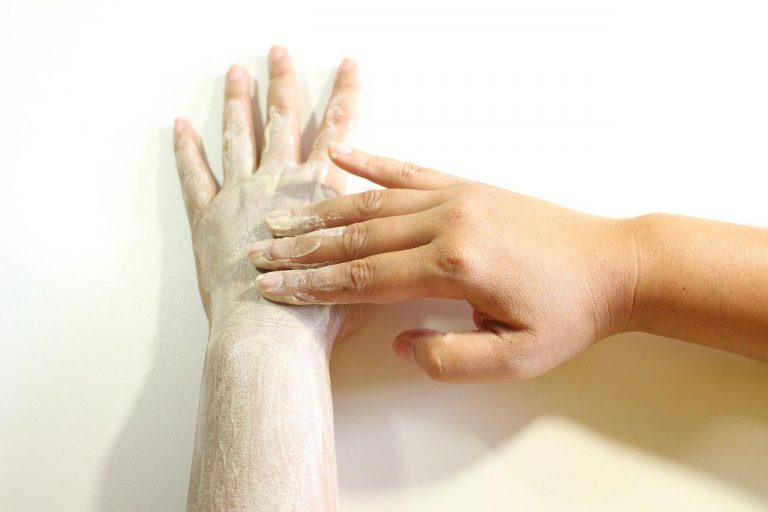skin care tips
Facial skin’s different from your skin on the rest of your body, in that it’s more sensitive, and thinner. Though body skin’s relatively tougher and more resilient, it’s the face that’s constantly exposed to sources of external damage, and requires special care.
Your exfoliator of choice?
I’d rather call them methods, than types of exfoliation; because exfoliation’s a skill, not a narrowly categorised product!
Mechanical exfoliation includes scrubbing/buffing products, and techniques like microdermabrasion. My personal favourites include organic body scrubs with coffee and cane sugar, or sea salt and Fuller’s Earth blended together in a paste. Such scrubs for the body typically have larger, more ‘rustic’ granules, whereas face exfoliators have finer granules. I like facial exfoliators with lemon, or almond and walnut grit.
Chemical exfoliation involves the use of glycolic, lactic, salicylic acid, or Vitamin A; and depending on intensity and concentration, can result in dramatic shedding of skin layers within days.
Enzymatic exfoliation involves the use of botanical enzymes, that digest the proteins which keep dead skin attached to the healthier skin beneath. Look for creams, gels, masks, or scrubs with the popular enzymatic exfoliators like papaya, pineapple, or rice.
Do’s and don’ts of exfoliation
For the body:
Good quality, responsibly sourced, natural fibre/bristle brushes are available online and in trusted stores. Light brushing, either in long strokes or circular motions, are proven, even in Ayurvedic scriptures, to improve skin texture, blood circulation, metabolism, and healthy functioning of the lymphatic system. You can brush/buff your body everyday, provided you’re gentle and systematic. If you prefer shaving over waxing, you’ll find that each session yields smoother and softer skin, and closer shaves.
If you prefer wet loofahs, make sure they’re made of natural fibre too. Never go for the synthetic variety. It makes the skin sensitive, causes rashes and burns, and doesn’t help in-grown hairs. I know there are pumice stone lovers out there, but make sure your skin is a little damp when you use them, depending on it’s sensitivity. I personally reserve the pumice stone for knees, elbows, and soles of the feet.
For the face:
Really, there’s only so many top layers of skin you can shed. It’s not the actual act of exfoliation that causes redness/sensitivity, but carelessness and lack of knowledge about the dangers of over-exfoliation. As I said, it’s a skill, not a product! Twice a week really does it.
When experimenting to choose the best method for your skin type, make sure you give your skin atleast a week’s break between trials.
If your skin tingles, burns, or becomes red with any method, don’t get too adventurous and keep carrying on. If reactions don’t settle on their own, seek professional advice.
Whether your skin’s dry, oily, or a bit of both, there’s an exfoliator for you. Oily skins respond better to mechanical exfoliation, whereas acne-infested skins do well with the ‘deeper’ dredging by chemical methods. Dry skins require fine-grained exfoliators in hydrating gel, or cream bases, like honey or aloe; with hydrating essential oils like jojoba, almond, or avocado.
Exfoliation’s not just a necessary step of the grooming process, it can be fun, and really therapeutic too! If you’re not used to it, you must give it a try for at least a month. You’ll find yourself favouring smooth, even, and glowing skin, and won’t be able to take your eyes off a reflection of a clean, clear, and younger appearance!

Hi! I am a robot. I just upvoted you! I found similar content that readers might be interested in:
https://www.vanitycask.com/vanitybuzz/skin-care-tips/face-vs-body-exfoliation/
I think your Post is for a big group of people very helpful!
Thx for making this Website for us!
Upvote when your in my opinion @alokkamboj